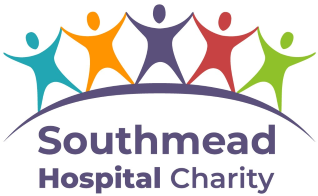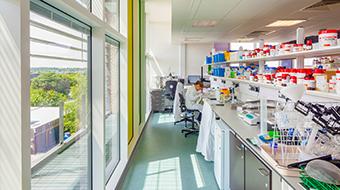TWOC (Trial Without Catheter) Clinic
Information for patients referred to have a trial without a catheter
You have had a catheter placed but the health professional who has placed it has assessed you and feels there is a chance that you may still pass urine without a catheter. In some situations a trial without catheter may be undertaken in the community but if this is not suitable you will be seen in the urology department for this.
The following information is provided to give you an understanding of what will happen at this appointment in the urology department.
Before the appointment
It is important that you confirm that you will be attending.
- You may have been prescribed medication called an alpha blocker to take. It is important that you start taking these tablets at least three days before you attend and you continue to take these every day until you attend this clinic. If you need more tablets before your appointment you should request them from your GP.
- You can eat, drink and take your usual medication. Please ensure you are well hydrated in the few days prior to the appointment.
- Constipation is sometimes a reason for not being able to pass urine normally so if this is an issue for you, please speak to your local pharmacist or GP.
- You will be in the department for several hours. You will be asked to drink water once your catheter has been removed, if you prefer to bring your own choice of cold drinks you may.
- As the appointment may take some time, you should bring a snack with you. This is especially important if you suffer from diabetes.
- Please bring a list of any regular medication that you take.
- You may wish to bring a book or something to read.
During the appointment
This is a nurse led clinic. You will be asked about your past medical history. A small number of patients at higher risk of infection may be given an antibiotic before the catheter is removed.
You will be asked to drink to continue to fill your bladder. When you feel the need to pass urine you will be asked to use a bowl each time so that the amount of urine passed can be measured. Once you have passed urine several times you will have your bladder scanned to make sure it is empty. This is painless.
During the appointment you may also be asked to complete a questionnaire about your bladder symptoms.
If you are unable to empty your bladder and it becomes uncomfortable you should tell the nurse. He/she will discuss the options with you and make you comfortable. This may involve having a new catheter placed. If this happens, an appointment will be made for either a further attempt of trial without catheter (if suitable) or a clinic appointment to see a doctor to discuss future management. Some patients may be suitable to learn how to pass a catheter intermittently themselves and if you are unable to pass urine after the indwelling catheter is removed, the nurse may offer to teach you how to do this.
Our aim is to provide you with as much information as we can about your condition and treatment options so you know exactly what will happen before you leave the department.
If you have questions at any stage during your appointment please feel free to ask.
© North Bristol NHS Trust. This edition published December 2023. Review due December 2026. NBT002593
Support your local hospital charity

See the impact we make across our hospitals and how you can be a part of it.





